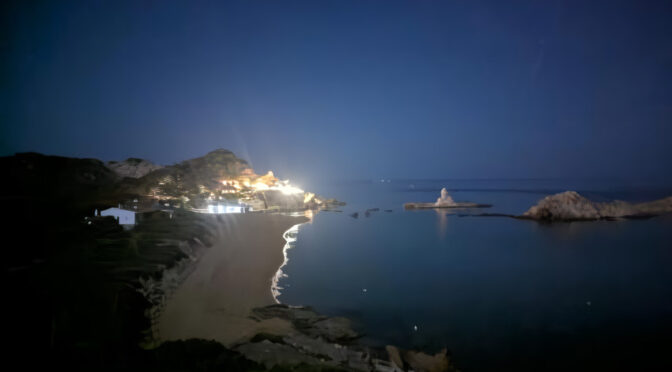Views: 1229
It has always been said—by playwrights and anthropologists alike—that there is a fine line between love and possession, between affection and alienation, between a healthy relationship and harmful control. The same can be said of the relationship between people and the land.
Just as some change in the way public institutions are managed is to be expected when there is a shift in government, it is also foreseeable that new ways of understanding the environment may emerge when there is a change in property ownership, whether in urban or rural settings.
But to avoid turmoil, to keep the change from becoming traumatic, to prevent the transformation from being perceived as excessive, the core pillars of the matter must remain untouched. This is how strategic agreements usually work. Some aspects can be adjusted, but not the essence.
In Menorca’s territory, there is a kind of tacit agreement where some forms of change are understood while others provoke indignation. In private actions, social reactions often hinge on factors such as the irreversibility of the loss (such as damage to cultural heritage), the impact on scarce resources (like large lawns that consume excessive amounts of water), or the eagerness to show off ostentatiously (such as projecting private lights onto public islets).
Some changes can be seen as temporary, like the current fashion of exposing sandstone (marès) on the façades of urban homes. It is likely that, within a few years, people will rediscover that here walls are protected with lime and renderings because sandstone often lacks sufficient density and will crumble if left directly exposed.
To especially avoid irreversible impacts, the active complicity of the new residents who have come to Menorca is needed—those who have arrived out of love for the island, not to exploit the land for maximum short-term (economic or personal) gain.
It is well known that a good portion of new property owners have significant purchasing power. From this position of few financial limitations, it can be harder to give up certain desires. But this is the yardstick by which it will ultimately be judged whether there is integration or aggression.
In this regard, caution is also needed with certain professionals who encourage highly risky initiatives for developers—initiatives that may tarnish the promoters’ reputations, while still representing attractive billing opportunities for those who draft them.
The island has come this far because past whims were not carried out—either due to financial constraints or personal conviction, of which both have existed. It’s important to keep it that way. When extravagance becomes widespread, it turns into a major problem.
Creating a social pact to wisely determine where to draw the line between one vision and another is something worth pursuing within civil society. We are currently experiencing a public drift that promotes a major transformation of Menorca, driven by teams who operate only with short-range vision. People who believe that too many vehicles are solved with more roads, that tourist overcrowding is fixed by adding more accommodations, and that water misuse is solved with desalination plants.
This is precisely the model Menorca has been avoiding for decades. When adolescence ends—social adolescence included—one begins to understand that the desire for personal distinction is a symptom of deficiency, and that shared causes bring far more lasting comfort.
(This text is an adaptation of the original article published by Miquel Camps, as coordinator of territorial policy for the GOB, in the Menorca newspaper on 21/07/2025).

